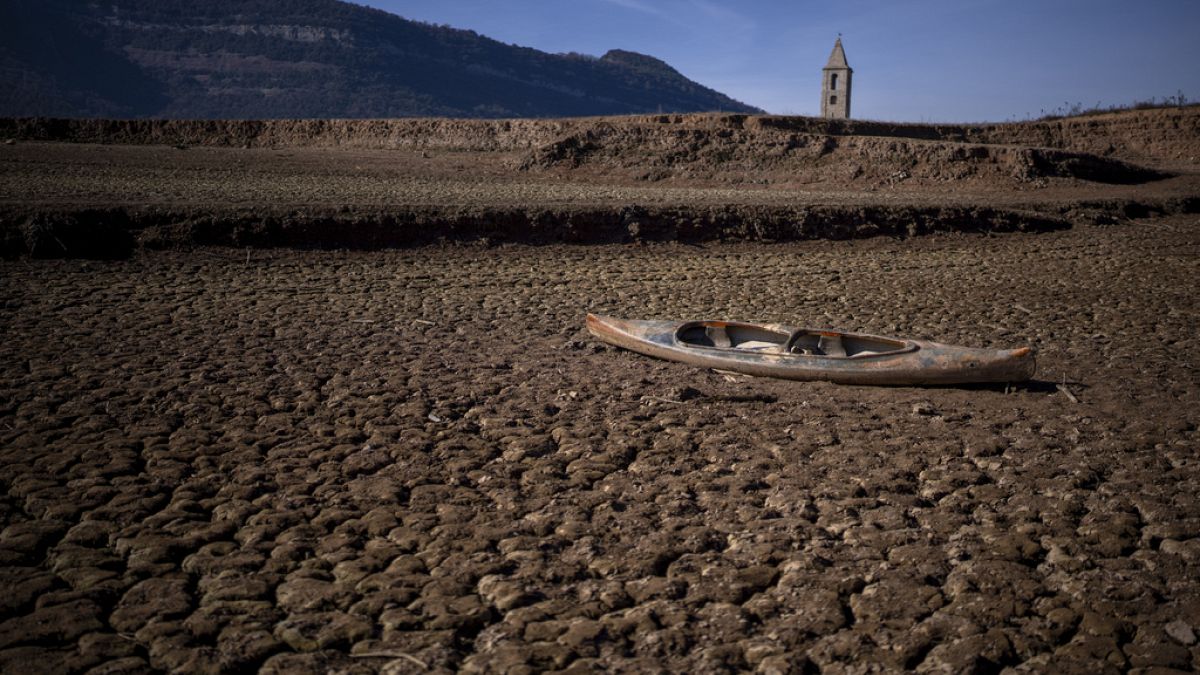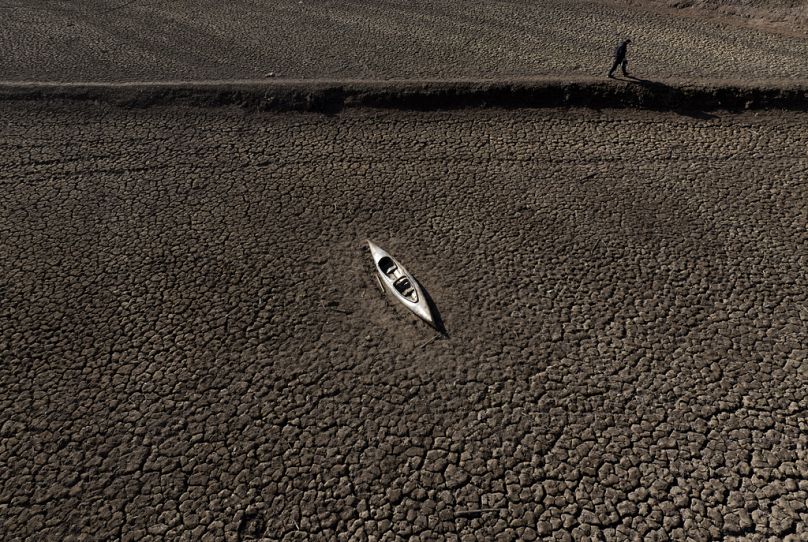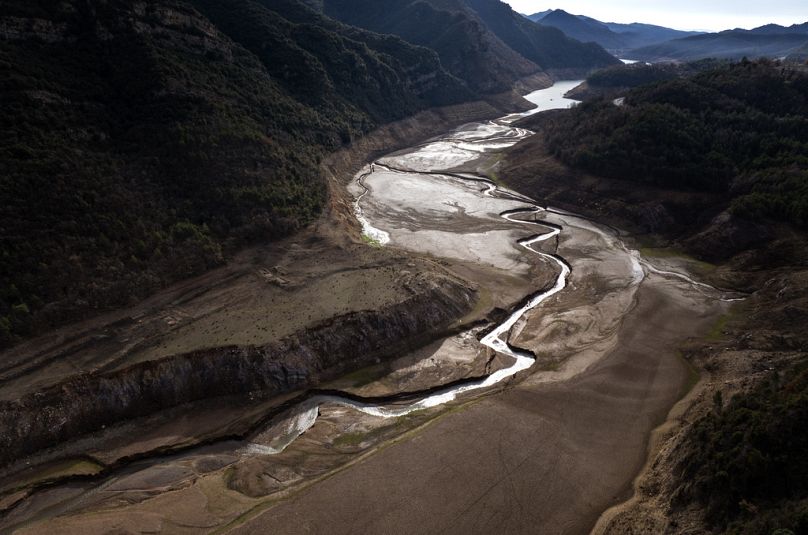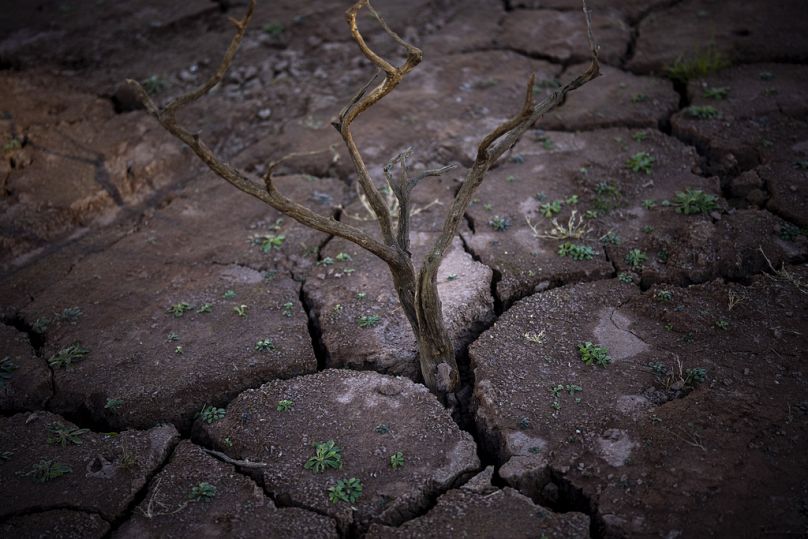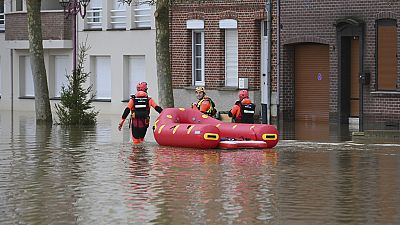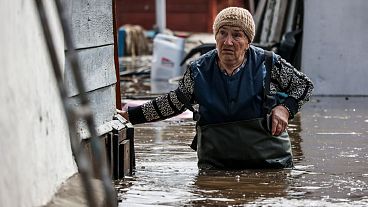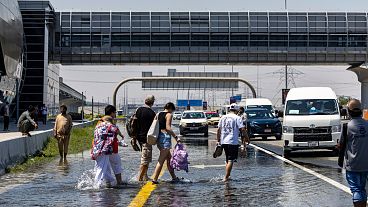Citizens could be fined for washing cars or watering gardens.
After months of warnings, authorities in Catalonia have declared a drought emergency.
The region is in the midst of the worst drought since records began.
From tomorrow (Friday), 80% of the Catalan population, including Barcelona, will be under strict water restrictions.
“We are entering a new climate reality,” Catalonia’s regional president Pere Aragonès said when announcing the emergency.
“It is more than likely we will see more droughts that will be both more intense and more frequent.”
What are Catalonia's water restrictions?
Washing a car, watering a garden or filling a swimming pool could result in fines of up to €50. If a citizen in Barcelona committed a serious 'water offence', they could be fined up to €3,000. Things like washing a car are allowed with recycled water.
The rules will apply to six million people in Barcelona and the 201 surrounding municipalities in northeastern Spain.
An already bad situation has worsened
Catalan authorities declared a state of pre-emergency in November last year. Now, high temperatures have reduced the already low water levels in reservoirs.
"Our reserves are below 16%. The situation is critical in Barcelona and around Girona, so we have to take stronger measures," Catalan government official Laura Vilagrà told Spanish radio station RNE on Wednesday.
The region's almost 40-month-long lack of rain has exacerbated the situation.
Next week, Catalan authorities will meet with Teresa Ribera, Spain's Minister of Energy and Climate, to discuss the potential to take water from other territories if necessary in the coming months.
How much water are citizens allowed to use?
The plan drawn up by the authorities is divided into three phases, which will vary depending on how the drought worsens.
In the first phase, water consumption is limited to 200 litres per person per day; in the second phase, it will fall to 180 litres; and in the most severe phase, to 160 litres. For context, a 10-minute shower uses on average 200 litres of water.
According to the latest data from the National Statistics Institute, Spaniards use an average of 133 litres of water per day.
The authorities are also planning to reduce water pressure. However, the city of Barcelona does not expect this measure to be implemented in households until July in the worst case.
Fines could be imposed on local councils to force them to monitor water consumption more closely.
Agriculture and industry will also face cuts. The regional emergency declaration aims to reduce water for crop irrigation by 80%, for livestock by 50% and for industry by 25%. The less populated southern part of the region is fed by the Ebro river and is in better shape.
Just this week, as the whole town of Esponellá in Girona was trying to save every drop of water, it emerged that one of its neighbours was wasting five million litres of water a year.
The Catalan Water Agency sent the town a warning that it was exceeding the average water consumption per inhabitant. The town council then asked the agency to send them a list of the residents who used the most water.
According to statements made by the authorities to the local media, the neighbour now faces a fine of €3,000, while the authorities are considering cutting off his connection to the network.
The area affected by the emergency drought measures stretches from northern Catalonia to the French border.
'Dramatic projections of climate change'
Catalonia has experienced 40 consecutive months of below-average rainfall. Experts say climate change is driving the drought, with the entire Mediterranean region expected to warm faster than many other parts of the world in the coming years.
""Southern Europe is experiencing potentially critical drought conditions. The most affected regions are the Mediterranean coast of Spain, central and southern Italy, Greece and the Mediterranean islands," the Copernicus Emergency Management Service told Euronews.
"These conditions, combined with low rainfall and snow cover, raise concerns for the coming spring and summer. The management of water resources should be monitored and planned," they added.
"Droughts are natural in the Mediterranean climate pattern. What is very dramatic are the projections of climate change. ... What we are seeing is an increase in the intensity and frequency of droughts," Annelies Broekman, a water management specialist at the Barcelona-based research institute CREAF, told the Associated Press.
Broekman noted an important difference between the extraordinarily intense dry spell northeastern Spain is experiencing now and the last serious drought in Catalonia in 2008, when boats were used to transport water to Barcelona.
"In 2008, sometimes it rained a little bit in important places, so we had little moments when all of nature could, let's say, take a break," she said. "[This time] we are below, really below, the normal pattern for a continuous period of time. And that is actually what hurts the most, because we can be quite resistant to periods of drought that have some respite."
Catalonia has been facing rolling water restrictions for several years. Bans on watering lawns, filling private swimming pools and washing cars remain in place. Local authorities can't use drinking water to clean streets.
Catalonia has so far been able to avoid more draconian restrictions, thanks largely to desalination and water recycling systems, which now account for 55% of the region's total water consumption. The Spanish authorities are spending millions of euros to expand or build new desalination plants along coastal areas that suffer the most from drought.
However, both Catalonia and the southern Spanish region of Andalusia are preparing to import water by boat if needed this summer, an expensive option that officials admit would have limited impact.
